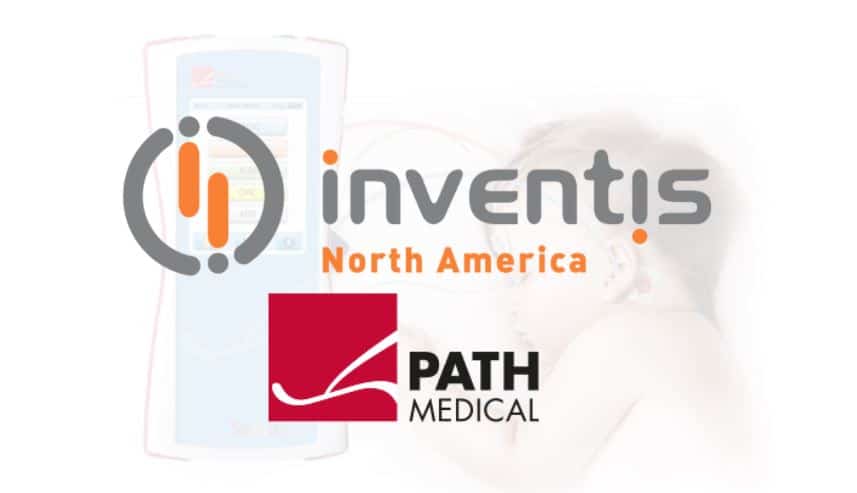TOKYO, JAPAN — Researchers at Juntendo University report in the journal Human Molecular Genetics that a stem-cell technique may be used to develop a treatment of a common mutation-related type of deafness.
The method involves reproducing cells occurring in the human inner ear where the researchers emphasize that ‘the pathological condition could be reproduced with iPS derived from a typical patient.’

Illustration of the research described in newly published paper
Deafness is the most common sensory impairment in newborn children — about 1 child in 1000 is born with hearing loss, or develops it in early childhood. Half of these cases have a genetic cause; very often, this type of deafness is related to a mutation of a gene called ‘gap junction beta 2 (GJB2)’, which encodes a protein called ‘connexin 26 (CX26)’. This protein occurs in cells in the cochlea, the part of the inner ear enabling hearing.
One way of treating GJB2-related deafness would be to reproduce properly functioning cochlear cells and introduce them into the inner ear. Now, Kazusaku Kamiya from Juntendo University and colleagues have made an important step forward toward making this treatment possible: using a stem-cell technique, they succeeded in reproducing cochlear supporting cells, a type of cell known to contain CX26 proteins.
The researchers started from human induced pluripotent stem cells (iPSCs) — artificially generated cells that can differentiate into any other cell type of the human body. By applying a particular set of culture techniques, including exposure of the cultures to insulin, they were able to make their iPSCs produce CX26 protein. Further similarity to cochlear supporting cells was investigated by checking the occurrence of proteins expressed by other ‘marker genes’ typical for the cochlea. The cells themselves formed intercellular junctions — comprised in part of CX26 protein — characteristic of normal supporting cells in the cochlea.
Kamiya and colleagues also looked at the outcome of producing iPSCs starting from cells taken from patients with GJB2 deafness. Thecells generated in this way differed from the healthy iPSCs: the intercellular junctions did not form as they should. It is this malformation that can be directly associated with hearing loss — in other words, the scientists reproduced the pathology of GJB2-related deafness.
It is worth stressing that the cochlea is anatomically complex, making traditional, invasive procedures like biopsies (for taking samples) or direct drug administration (for treatment) difficult as there is the risk of causing loss of hearing. The results of Kamiya and colleagues are therefore important in two ways. First, being able to reproduce cochlear supporting cells via the iPSC method may lead to a treatment of hereditary deafness in which malfunctioning cells are replaced by normally functioning ones. Second, reproducing the pathology by generating iPSCs derived from patients with GJB2 mutations is useful for testing drugs and for developing treatments for each occurring mutation.
“Such iPSC-derived cells should be particularly useful for drug screening and inner-ear cell therapies with genome editing targeting GJB2-related hearing loss and the pathological condition could be reproduced with iPS derived from a typical patient”.
Background: Induced pluripotent stem cells (iPSCs)
Stem cells are cells that have the ability to differentiate — that is, become cells of a specialized type. An important attribute of a stem cell is its potency, indicating into what types of cells the stem cell can differentiate. So-called pluripotent stem cells (PSCs) can develop into organisms, because they can differentiate into cells of any of the three different germ layers characteristic of organisms.
An induced pluripotent stem cell (iPSC) is a PSC artificially generated from a non-PSC. The procedure for creating iPSCs was discovered in 2006 by Shinya Yamanaka (for which he received the 2012 Nobel Prize in Physiology or Medicine). iPSC generation is now a promising technique in the field of regenerative medicine: damaged or malfunctioning human cells can be replaced by cells regenerated using the iPSC technique.
Kazusaku Kamiya from Juntendo University and colleagues have now applied the iPSC technique to provide insights into a common type of deafness in newborns. They succeeded in creating cells functioning like cochlear supporting cells, a promising step forward to developing a replacement therapy for malfunctioning supporting cells. They also managed to produce cultures of iPSC-derived cells from patients with GJB2-related deafness; artificially reproducing the pathology is useful for drug testing and developing treatments.
Reference
Ichiro Fukunaga, Yoko Oe, Keiko Danzaki, Sayaka Ohta, Cheng Chen, Kyoko Shirai, Atsushi Kawano, Katsuhisa Ikeda & Kazusaku Kamiya. Modeling gap junction beta 2 gene-related deafness with human iPSC. Human Molecular Genetics Published online 17 May 2021.
DOI: 10.1093/hmg/ddab097
Source: Human Molecular Genetics, Jutendo University








Hey,
When are you going to try it on human?
Best regards Ferit Dursun
It appears that the traditional pathway of neuronal navigation, whereby the stem cell neurons in the dentate gyrus are activated upon cell death that takes place due to noise pollution in the hippocampus when incoming potentials are being exercised and synaptic transfers are being mediated in the pyramidal neurons. Stem cells in the dentate gyrus will replace the dead/dying neurons and the cycle goes on, and on! Now, this is repair and replacement of neurons “on demand”. For this method to continue, the electric potentials must maintain their flows. (Quite akin to the planting of a seedling, where the water flow needs continuous circulation). What is to be studied is that WILL THE 8TH NERVE AXONS STRENGTHEN THEIR TRANSMISSION QUALITIES (USING SODIUM INFLUXES) AND ASSIST IN THE DIRECTIONAL PROPERTIES OF NEURONAL FLOW TRAINS TO HELP DELAY ACOUSTIC DAMAGE AT THE CA AREAS WHERE PROCESSING BECOMES CRITICAL? (more next time….)